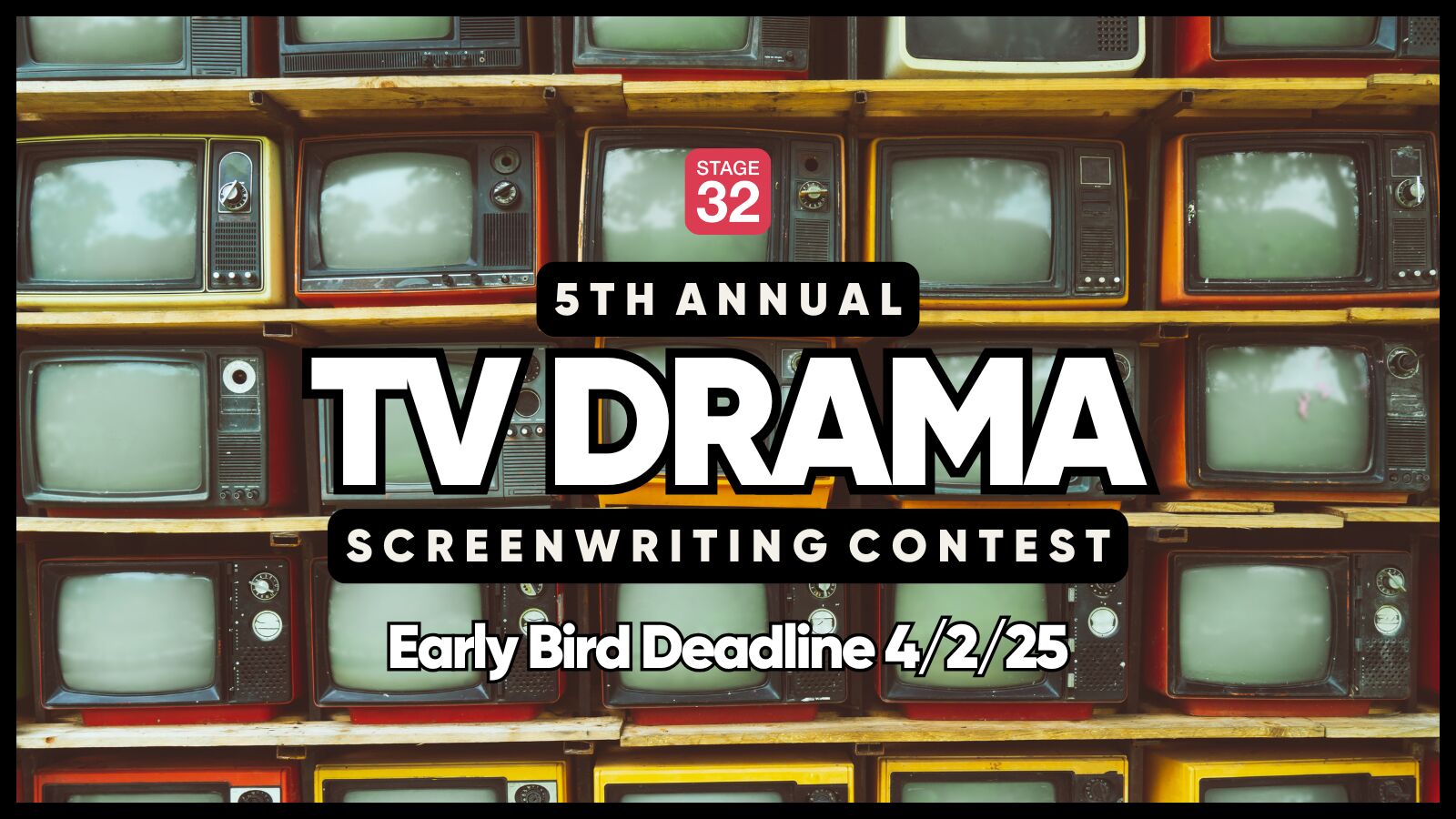So I'm wondering something. Shot Reverse Shot is obviously used so commonly, but I've noticed that it mainly occurs when characters are facing each other. Would having two characters sat on a couch next to each other still work? Would it still give the same effect? Or would it look too jarring. Has anyone got any examples of this?
Cheers!
Joe



Joseph - I think your speaking about what is known as a OTS (Over The Shoulder) shot. As Character A speaks, we see Character B's facial reaction and maybe some dialog - might pull in for a CU or ECU shot. When two characters sit side by side, your pretty much stuck with a Two Shot. You could use a slider but I think that could wear thin pretty soon. You could also ask the actors to cheat by looking slightly in the direction of each other - don't go extreme though - maybe 15 degrees or so. A lot depends on your lighting too.
What would you gain by having the camera shoot the back of both heads?
1 person likes this
Who said anything about shooting the back of both heads?
1 person likes this
Cheers Doug. Don't like the feel of OTS. Prefer the way the Coen's for example do their interpretation of this by bringing the camera between the characters so that you;re essentially shooting a single. Just trying to find a way to spice up a bland 2 shot really!
1 person likes this
This kind of shooting only would make sense if they watch at something important. As long as you show their faces and they don't look at each other but stare straight to a certain point the viewer will expect them watching anything exciting, horrorfying or what ever. It's a good way to play with the viewer's emotions. Just imagine their faces look really scared or both of them begin to cry or smile. Then you show a view over their shoulders and see they are watching a sleeping baby or anything in contrast to their emotions. That's a situation when it would make sense in my opinion.
If two characters are sitting side by side and talking to each other they would undoubtedly look at each other for some of the time that’s they are talking. I would treat this as a shot-reverse-shot by shooting them from one side and the coverage from the other side.
Doug that's my take on the Op's explanation of the proposed shot. One shot from the front of the couch, the reversal from behind their heads. That's why I asked. An OTS would only hold true if they were facing each other on the couch and the shots were from each end.
I wish we had a sketch program in here for scene blocking - but we don't. My take; two dudes sitting side by side (on a couch, in a stadium...) watching something - a mid two shot. Cut to a reverse shot of the far-off action they're watching, the back of one dude's head left third, the other right third - far off action in the center. During the dialog, each character turns to the other to speak - we see his profile, then he turns back to the action and the other character does the same. Back & forth as needed. Is that what you have in mind?
Here’s a simple visual representation... 2 shot of both actors.
Close up of actor 1
Close up of actor 2
Wide establish of what they are seeing...
Nice program, what's it called, where can I find it?
It’s an app called Shotpro used to pre-viz scenes. They also have a companion app for your computer...
https://www.shotprofessional.com/
Eric, thanx.
I gather the app does not check for crossing the line in the 180˚ rule.
Watch the hospital waiting room scene from Fargo season 1. That is a masterclass.
Andrew, no it doesn’t. Only shot that line is crossed in this situation is camera angle D.
Yes, angle D crossed the line. Seems a "crossing the 180˚ line warning" would be a nice easy addition to the software. So odd that so many people have trouble with this basic "rule".
Not crossing the line is something that keeps screen direction consistent so that the viewer will not lose their point of reference in that space. In this situation I think angle D will not confuse the viewer. It also comes down to how the scene is edited.